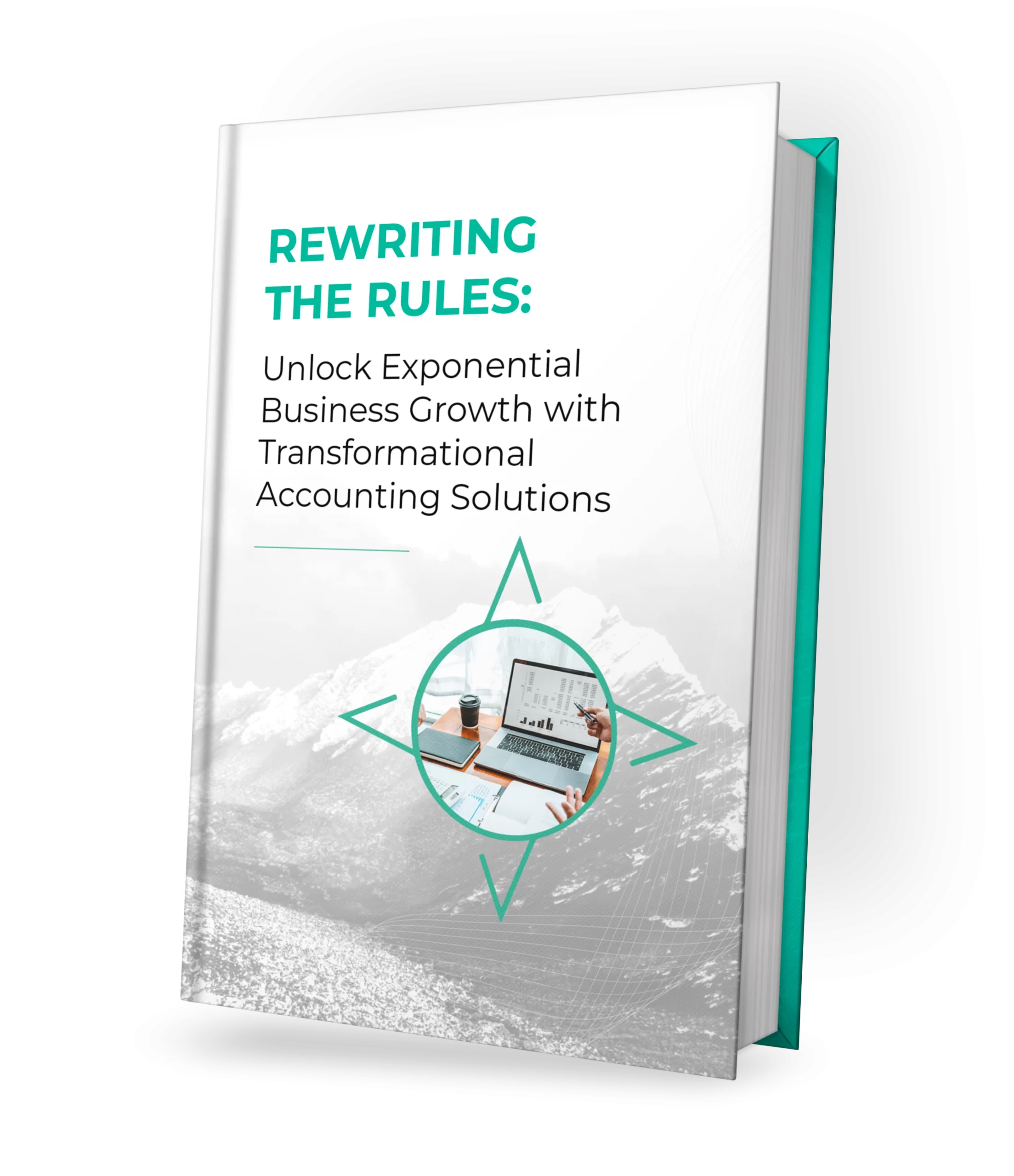Building an investor pitch deck is an important task in the fundraising process to spark interest from Venture Capitalists (VCs). Not every startup business goes the route of funding their business with venture capital. However, those that do need to create a compelling, comprehensive, and informative pitch deck to peak the interest of venture capitalists.
For businesses that seek investors, here are some “must-dos” of creating an investor pitch deck, as well as a few successful examples for reference.
What is a Pitch Deck?
An investor pitch deck is a presentation given by entrepreneurs to convince potential investors to back their business, or business idea. The concept is similar to the popular TV show, “Shark Tank,” where business owners approach a group of investors seeking funds to back their company.
Investor pitch decks go in-depth, with an average of 12-14 slides and up to 20 that describe the ins and outs of a business. Typically, decks will cover areas such as:
- Basic company info (e.g. founders, contact details);
- Demand for the product the business is selling;
- Key customer pain points;
- The business’s value proposition/how the proposed business idea can solve customer problems.
It is recommended that the presentation as a whole not exceed 15 minutes in order to better capture and maintain the attention of investors, and to allow time for questions or other time hindrances.
What Should a Pitch Deck Include?
There may be some differences in what a pitch deck looks like when it represents an existing business, and when a business is more of an idea or concept. Overall, a pitch deck should include the following:
- Basic Company Info—designate the first page or slide to the company’s name, slogan, and purpose.
- Pain Point—clearly state the problem(s) your target audience is experiencing.
- Solution—state how the business plans to address customer pain point(s).
- Product—explain the product with some additional detail.
- Market Analysis—share the size of the market with investors, as well as how you envision the business changing it/where you envision the business going.
- Competitors—acknowledge the current competition to build credibility and explain how your business is differentiated
- Where you are now- explain the current state of the business
- What is working- from revenue growth to opportunities in product development, highlight the positive aspects of the business in its current form
- Real-world Progress—list any existing clients, capital, and revenue that the business has already generated. These examples show VCs more than anything else that it has a real shot at success.
- Where are you going
- Explain near term (able to be accomplished within 1 year) and long term opportunities (>1 year)
- How you will leverage current success to drive growth in the future
- Market Plan—share how you plan to catapult the business into the success story you imagine, and get specific (new products, sales, marketing, partnerships).
- Financials—provide an overview of historical and projected financials
- Team—introduce the people who are and will be working on the business in the future. Include bios and pictures.
Examples of Successful Pitch Decks
There’s nothing quite like viewing an example of an investor pitch deck that’s already wowed VCs, and has landed the necessary funding for a business. Here are a few great examples to consider as you build your own pitch deck:
- Facebook—the now global social media site earned $500,000 in 2004 with its pitch deck, which doubled as a media kit of sorts.
- Airbnb—Airbnb, originally “AirBed&Breakfast,” raised $600,000 in 2008 with its 14-page pitch deck.
- Buzzfeed—the now-popular Buzzfeed site was once a mere fledgling brand, but it managed to raise a staggering $3.5M in funds with its 2008 pitch deck.
By focusing on building an investor pitch deck that accurately represents your business, and explains why it is invaluable, you will significantly increase your odds of securing funds from VCs. Contact us to learn more about managing your business’s finances.

